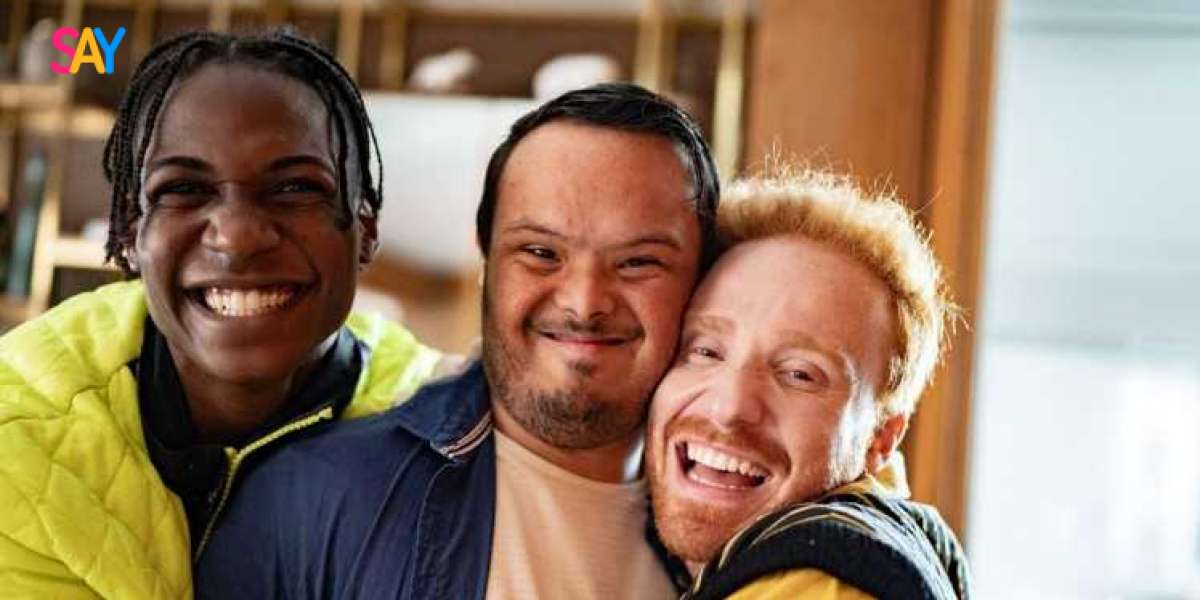Inclusion doesn’t stop at providing care—it extends to creating opportunities for adults with disabilities to participate meaningfully in community life. Community activities for adults with disabilities play a vital role in improving mental health, building social skills, and promoting independence.
In this article, we’ll explore the types of community-based programs available, the benefits of active participation, and how families, caregivers, and organizations can support greater accessibility and engagement in everyday community life.
Why Community Activities Matter
For adults with physical or intellectual disabilities, being part of the community is not just a right—it’s a crucial aspect of quality of life. Inclusive community activities:
- Reduce isolation and encourage friendships;
- Increase independence and self-confidence;
- Promote mental and emotional well-being;
- Help develop life and social skills;
- Create a sense of belonging and contribution.
Rather than being passive recipients of care, individuals are empowered to be active members of society.
Types of Community Activities to Explore
Community activities can take place in local libraries, parks, recreation centers, churches, and businesses. Here are some popular categories and examples that work well for individuals of all abilities:
1. Arts and Cultural Programs
Engaging with the arts allows for self-expression, creativity, and collaboration. Local community centers often host:
- Art workshops (painting, pottery, or crafts);
- Music performances and sing-alongs;
- Theater groups or inclusive dance classes;
- Museum tours with sensory-friendly adaptations.
Look for cultural institutions offering inclusive events designed with accessibility in mind, such as low-sensory hours or wheelchair-friendly spaces.
2. Recreational Sports and Fitness
Physical activity improves health and boosts self-esteem. Many communities offer adaptive sports programs including:
- Bowling leagues or bocce ball;
- Adaptive swimming lessons;
- Group fitness classes (Zumba, chair yoga, tai chi);
- Special Olympics or unified sports teams.
Inclusive recreation allows people with and without disabilities to participate side-by-side, building empathy and understanding.
3. Volunteering and Civic Engagement
Volunteering gives adults with disabilities a chance to give back to their community while developing job readiness and interpersonal skills. Opportunities may include:
- Assisting at food banks or animal shelters;
- Helping maintain community gardens or parks;
- Greeting visitors at local events;
- Supporting local charities or religious organizations.
Civic involvement not only creates purpose but also showcases the strengths and talents of individuals with disabilities.
4. Social and Hobby Clubs
Interest-based clubs are excellent for creating routine and meaningful friendships. Options may include:
- Book or movie clubs;
- Gardening or cooking clubs;
- Board game nights or trivia teams;
- Faith-based or spiritual fellowship groups.
These clubs often meet in libraries, community centers, or even virtually for increased accessibility.
5. Educational and Skill-Building Programs
Lifelong learning supports cognitive development and personal growth. Many local adult education programs offer:
- Technology classes for basic computer or smartphone use;
- Financial literacy workshops;
- Health and wellness education;
- Job readiness or resume-building classes.
Inclusive learning environments boost confidence and help adults prepare for employment or independent living.
How Families and Caregivers Can Support Participation
While many communities are increasingly inclusive, support from families and caregivers remains essential in helping adults with disabilities access and enjoy community life. Here’s how you can help:
1. Research Local Options
Start by exploring nearby libraries, YMCAs, parks and rec departments, and disability service organizations. Many offer free or low-cost events that are already adapted for accessibility.
2. Advocate for Inclusion
If a program isn’t yet inclusive, consider reaching out to organizers with suggestions. Most community leaders are open to learning and want to create welcoming spaces.
3. Provide Transportation or Coordination
Getting to events or understanding schedules can be a barrier. Assist with planning and transport to make participation stress-free.
4. Encourage Choice and Independence
Let your loved one take the lead in choosing activities based on their interests. Whether it’s art, nature, or service work, ownership increases motivation and engagement.
5. Use OPWDD and Local Support Services
The New York State Office for People With Developmental Disabilities (OPWDD) and local agencies often offer or fund community-based programs. These may include day habilitation programs, recreation outings, and peer support events.
Barriers to Participation—and How to Overcome Them
Despite progress in accessibility, challenges still exist. Here’s how communities can do better:
- Transportation: Work with local agencies to provide paratransit or ride-share programs.
- Communication barriers: Use plain language, visual schedules, or assistive technology.
- Cost: Offer scholarships or sliding scale fees.
- Staff training: Ensure leaders and volunteers are trained in disability awareness and inclusion practices.
Community Means Everyone
Community isn’t just a place—it’s a feeling of connection, respect, and shared experience. By expanding access to community activities for adults with disabilities, we ensure that no one is left behind.
From neighborhood art nights to city-wide volunteer projects, the possibilities are endless. Everyone deserves a chance to laugh, learn, and grow with others in a safe, respectful environment.
Conclusion: Small Steps, Big Impact
Building inclusive communities begins with simple, intentional actions. Whether you're a family member, caregiver, or program director, you have the power to create opportunities where adults with disabilities can shine.
Start by exploring local resources, initiating inclusive programs, or inviting someone new to an event. Over time, these efforts add up to a stronger, more compassionate community for all.




